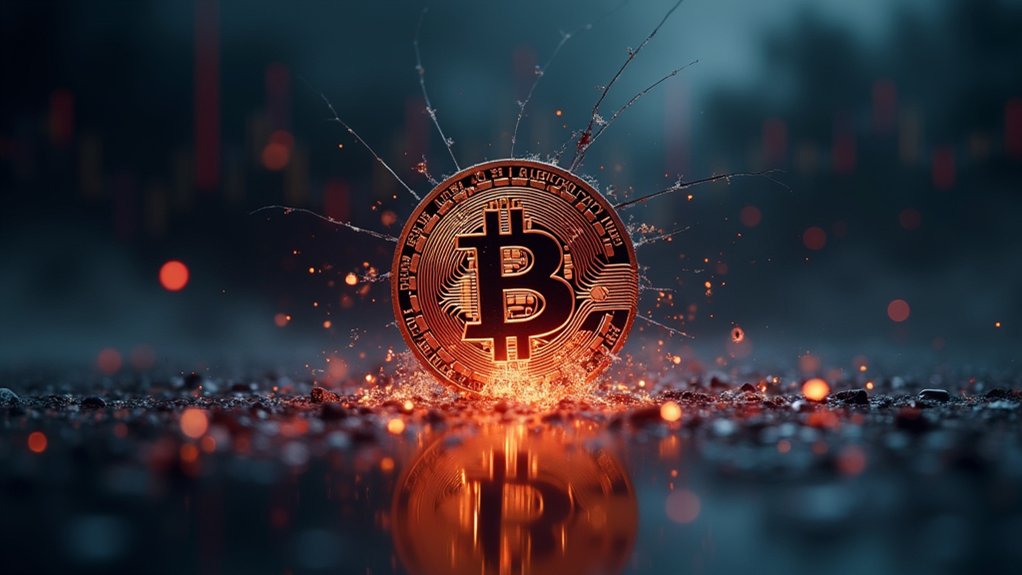How surprising is it, really, that a $595 million wipeout in crypto bets followed the predictable chaos unleashed by U.S. airstrikes on Iran’s nuclear facilities, exposing once again the reckless overexposure and fragile confidence of traders who mistook digital tokens for safe havens? The aftermath revealed not only a staggering scale of liquidations—over 124,000 traders ousted, with $458 million lost in a mere 24 hours—but also a glaring indictment of investor behavior marked by hubris and shortsightedness. The predominant long positions, accounting for $412 million in liquidations, laid bare a collective failure to hedge properly against geopolitical shocks, underscoring an endemic overleverage that regulators have long warned about but seldom effectively curbed.
This debacle spotlights profound regulatory implications, as the volatile intersection of geopolitical risk and crypto speculation continues to spiral unchecked, demanding urgent policy recalibration. The absence of robust safeguards or circuit breakers permitted cascading margin calls to snowball, amplifying market instability and shaking confidence in an asset class already notorious for its fragility. Meanwhile, investor behavior oscillated between reckless optimism and panic-induced capitulation, with stablecoins—heralded as digital safe harbors—faltering under pressure, thereby debunking myths of their invulnerability. This event further underscores the necessity of legal compliance and the impact of regulatory environments on the trustworthiness of crypto markets. Awareness of rug-pulls and fraudulent schemes is critical for investors navigating these turbulent conditions.
The broader lesson is as clear as it is uncomfortable: crypto markets are neither insulated from global events nor immune to traditional financial dynamics, despite the fantasy of decentralization and digital utopia. Traders’ naïveté in clinging to long bets amid escalating tensions invites further carnage unless tempered by disciplined risk management and a regulatory framework that enforces accountability rather than enabling speculative free-for-alls. The $595 million bloodbath is not merely a market correction; it is a glaring cautionary tale of hubris, systemic vulnerability, and regulatory inertia in an arena that demands neither.









